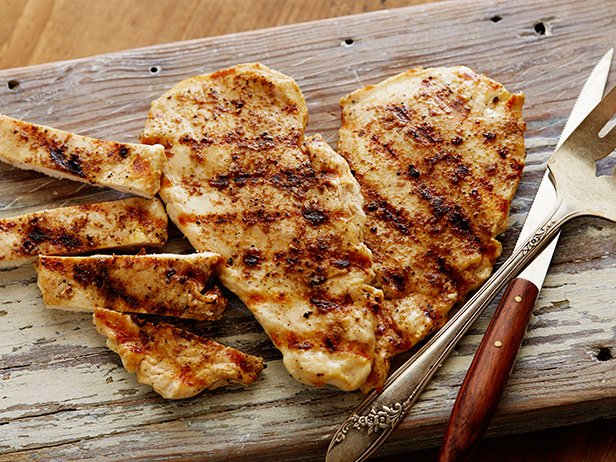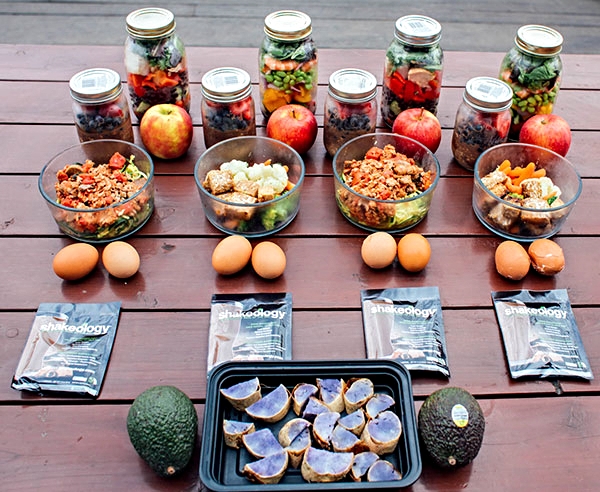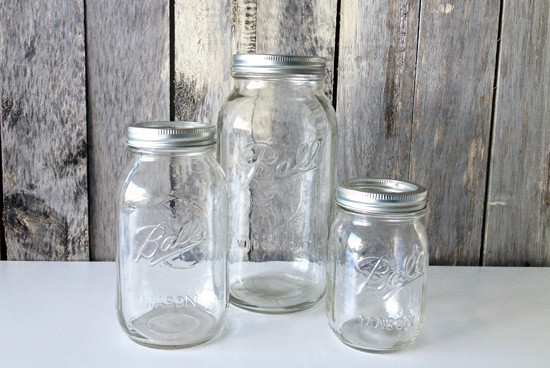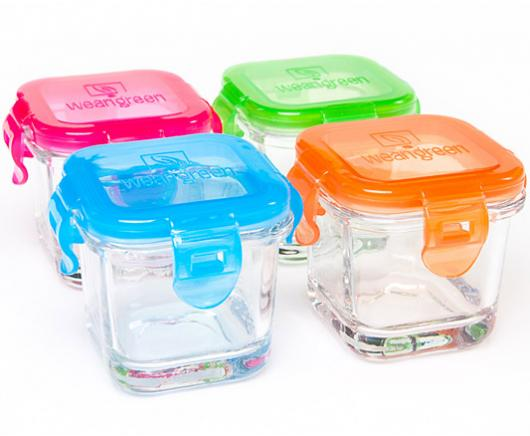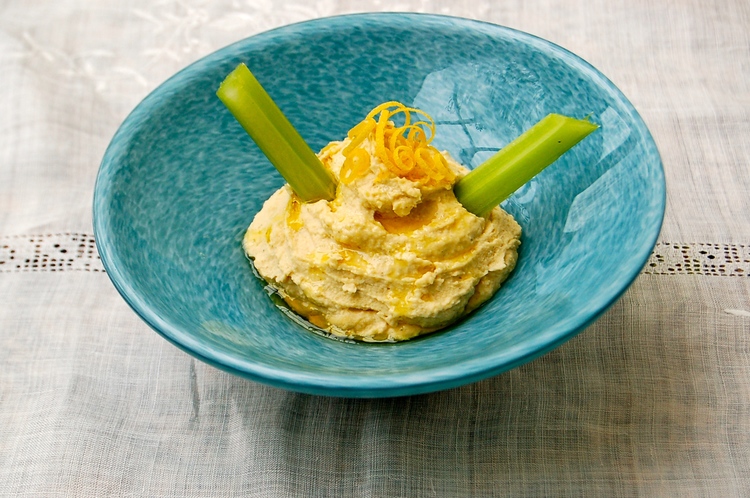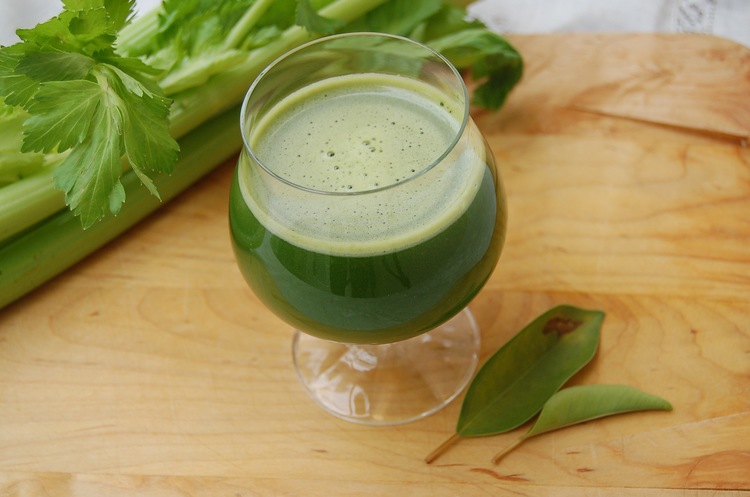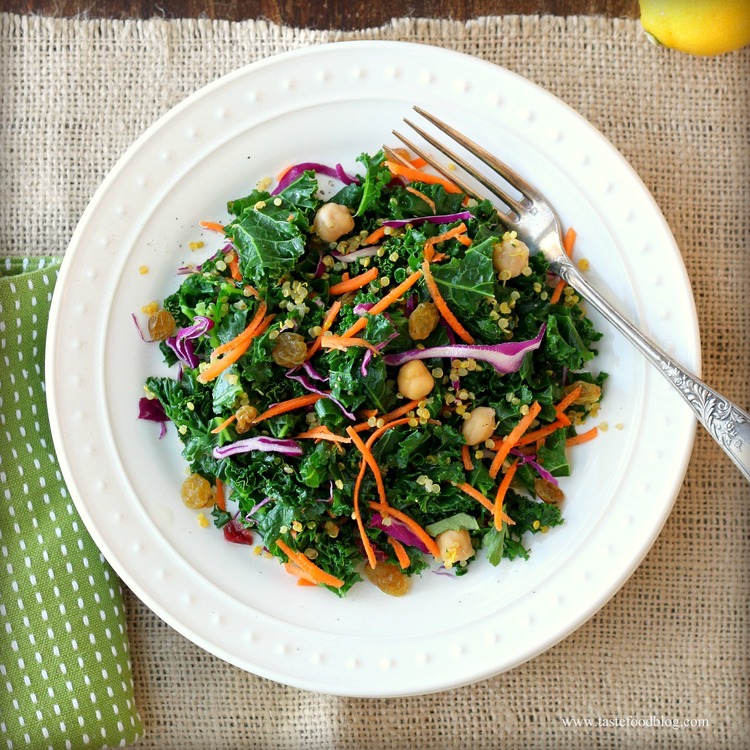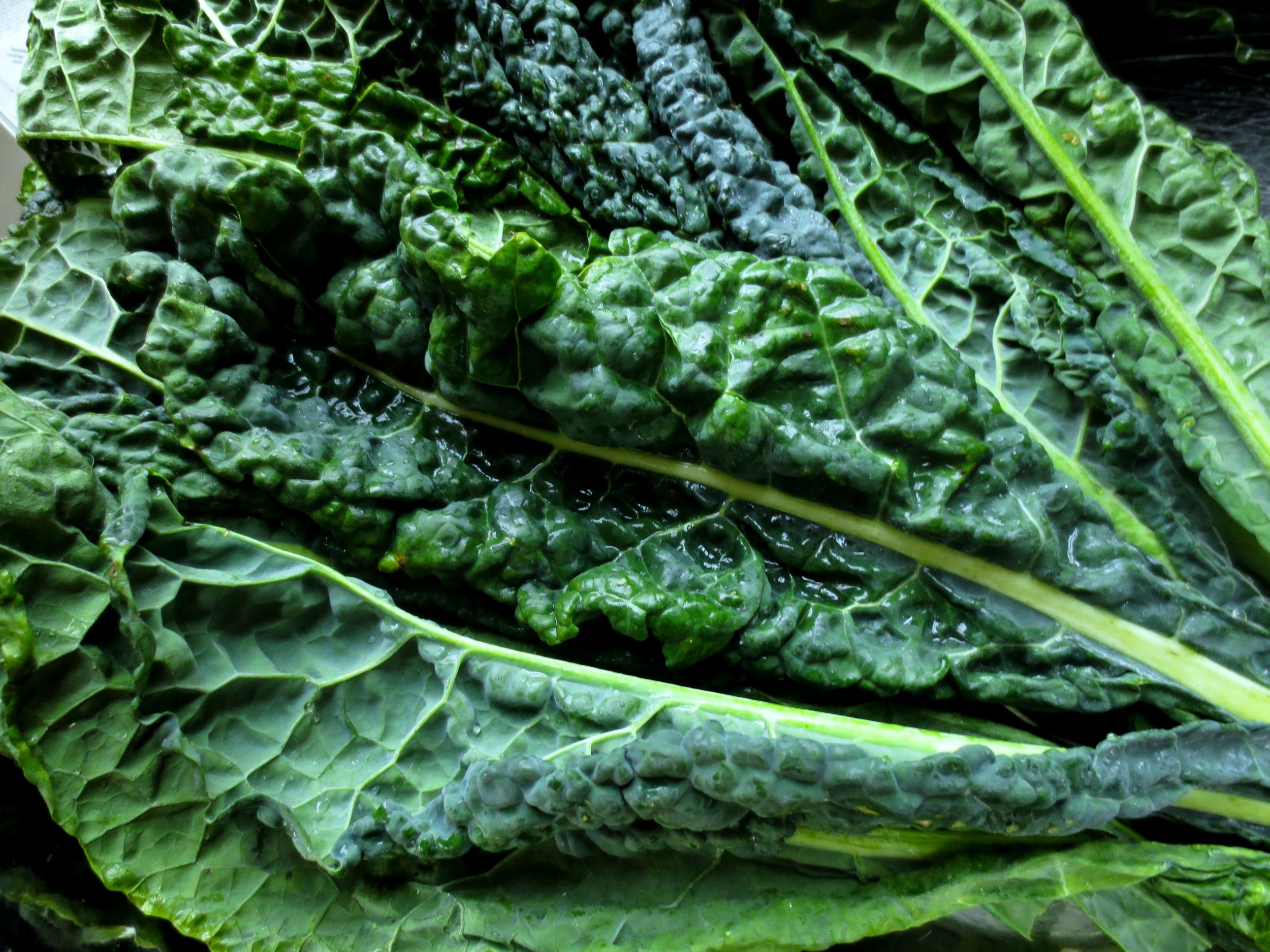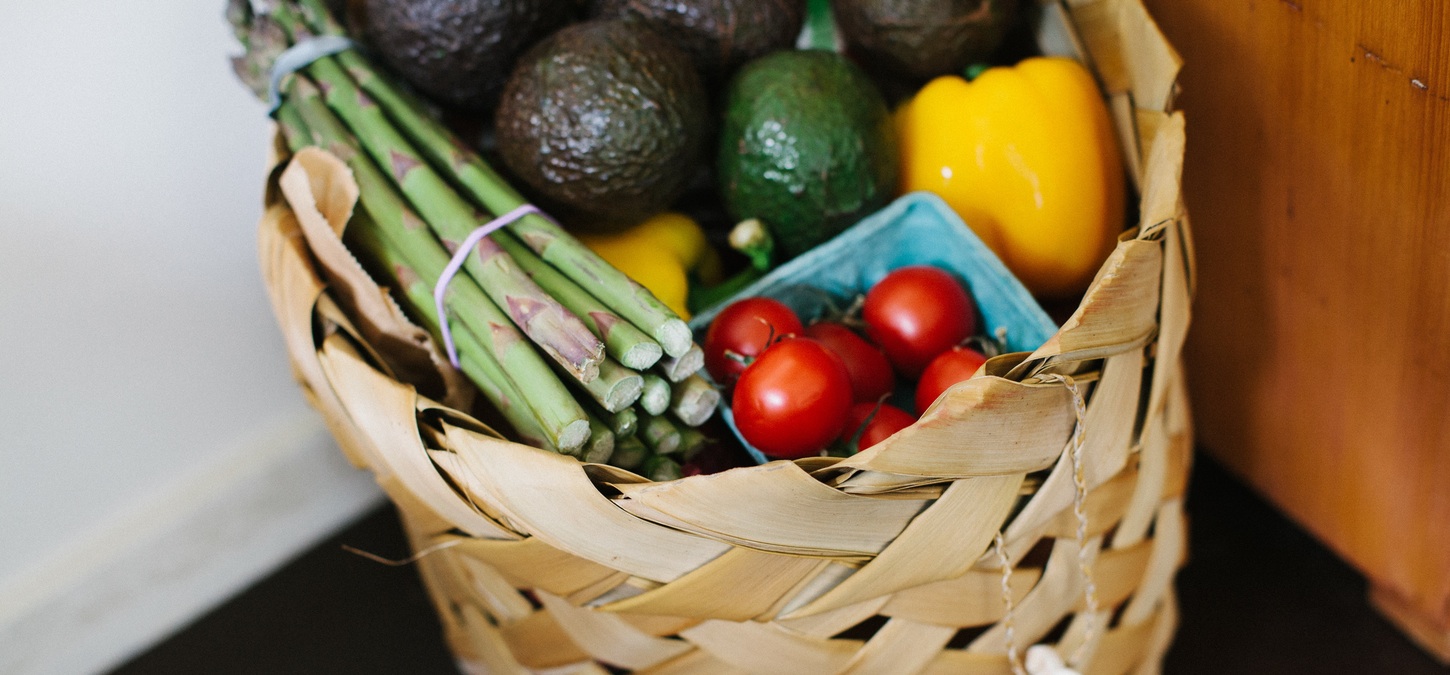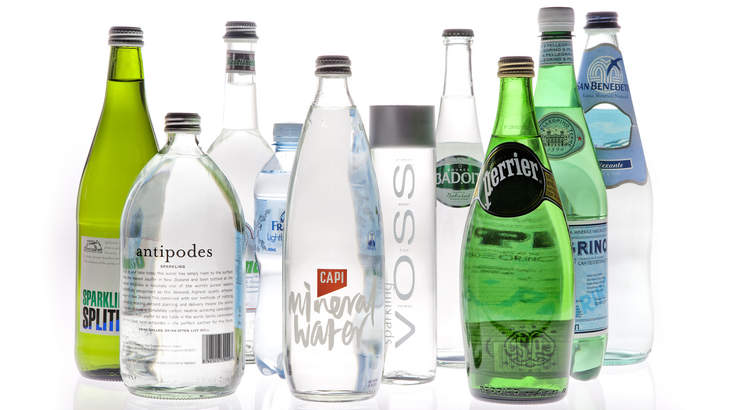Did you know that our gut has A LOT to do with our brain‘s cognitive function?
Often referred to by Scientists as the ‘little’ brain , our gut is two thin layers of more than 100 million nerve cells, lining our gastrointestinal tract from esophagus to rectum. This ‘little’ brain communicates back and forth with our (big) brain, sending messages that have a profound affect our brain function. (1)
As our kids head back to school, and we head back to work and/or deal with busy family lives, we need our brains to be POWERED ON. For that, we need to feed our ‘little’ brain with brain boosting foods!
Walnuts
Did you know that walnuts contain a number of neuro-protective compounds, including vitamin E, folate, melatonin and omega-3 fats? A University of California study found that people who consistently eat walnuts had higher levels of cognitive function, regardless of age, gender or ethnicity. So go ahead and start munching on these brain-friendly nuts. They make great after-school snacks! (2)
Wild Salmon
Our brains are the fattest organ in the body, coming in at around 60%. We've learned in recent years that fatty acids are among the most crucial molecules that determine our brain's integrity and ability to perform. Wild salmon has the highest amount of these Omega-3 fatty acids, essential for quick information transfer down our neuron highways! (3)
Berries
Berries are known for their amazing anti-oxidant properties and as testament to that, a 2012 study by Harvard researchers found that a high intake of flavonoid-rich berries, such as strawberries and blueberries, over time, can delay memory decline in older women by two and a half years - that's impressive! (4)
Chocolate
Who doesn’t LOVE chocolate and now we know that compounds in chocolate (yes... both milk and dark) boost memory, attention span, reaction time, and problem-solving skills by increasing blood flow to the brain. (5)
A study at Harvard Medical School found that drinking two cups of hot chocolate a day may help older people keep their brains healthy and their thinking skills sharp. So grab a square of your favourite chocolate or whip up a mug of hot cocoa and feel good about your brain. (6)
Leafy Greens
Eat your greens! Our mums have been telling us this for years and now research confirms they knew what they were talking about! Leafy greens are high in folate and vitamin E, which are essential for proper brain function. In fact, a deficiency of folate can lead to neurological disorders, such as depression, whilst a decrease in serum levels of vitamin E is associated with poor memory in older individuals. (7)
SO DON’T WAIT! If you want to maximize your brain’s AWESOME powers, start including these brain-boosting foods as part of your family’s go-to foods.
References:
1. http://www.ncbi.nlm.nih.gov/pmc/articles/PMC4367209/
2. http://link.springer.com/article/10.1007/s12603-014-0569-2
3. http://www.ncbi.nlm.nih.gov/pubmed/20329590
4. http://onlinelibrary.wiley.com/doi/10.1002/ana.23594/full
5. http://www.wju.edu/about/adm_news_story.asp?iNewsID=2043
6. https://www.aan.com/pressroom/home/pressrelease/1200
7. http://www.ncbi.nlm.nih.gov/pmc/articles/PMC2805706/













